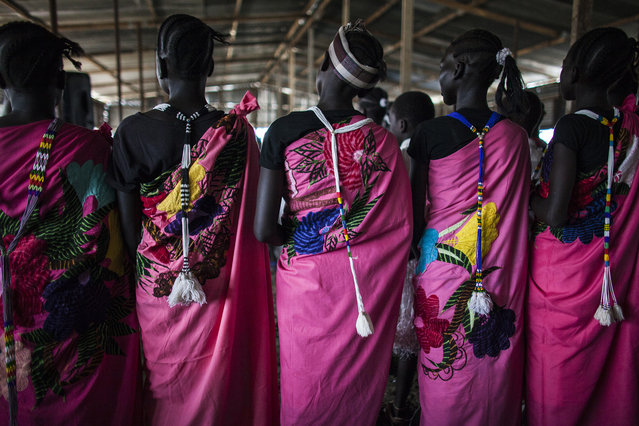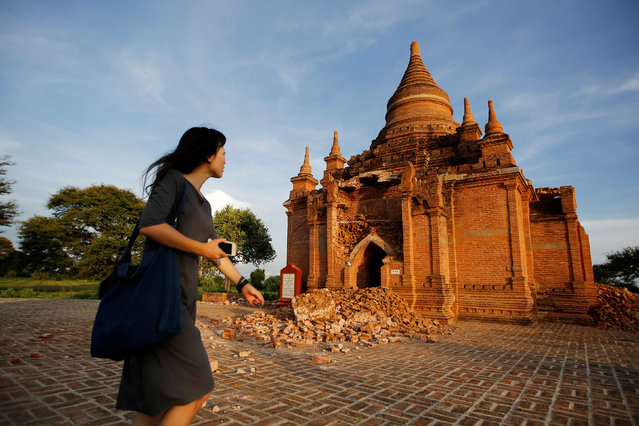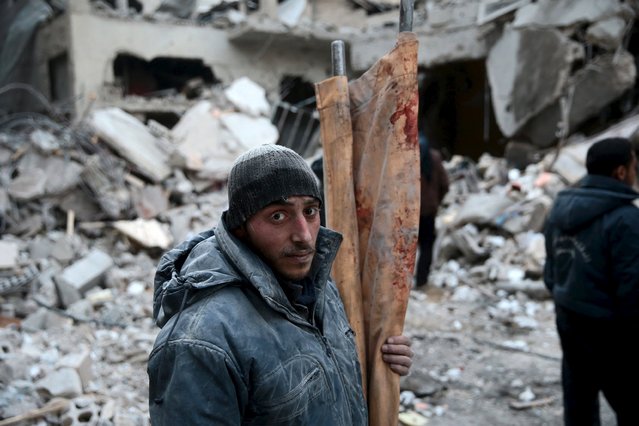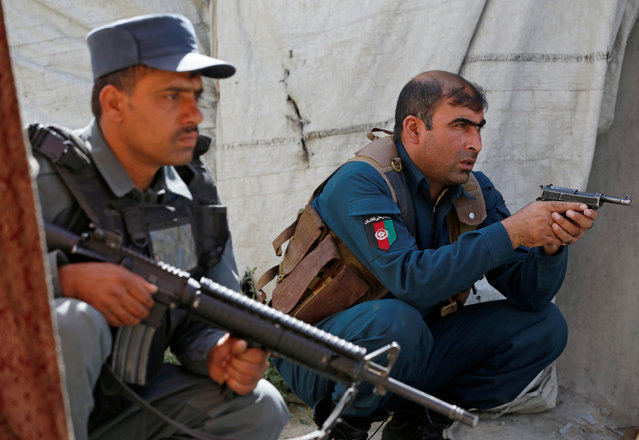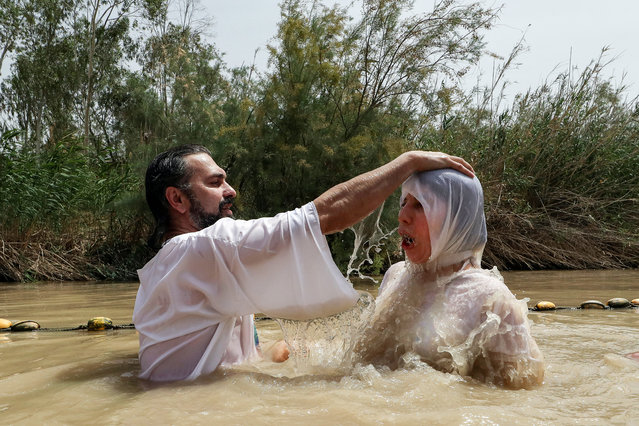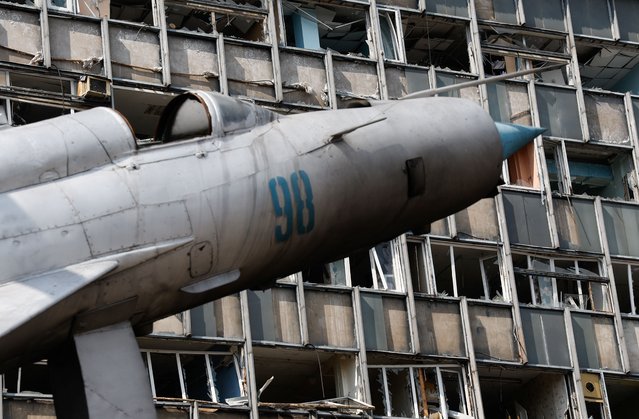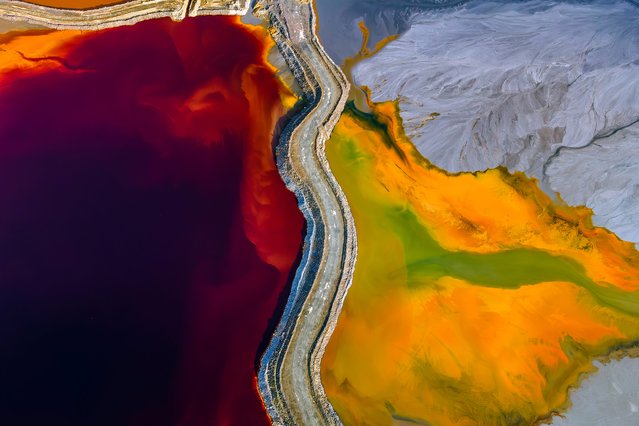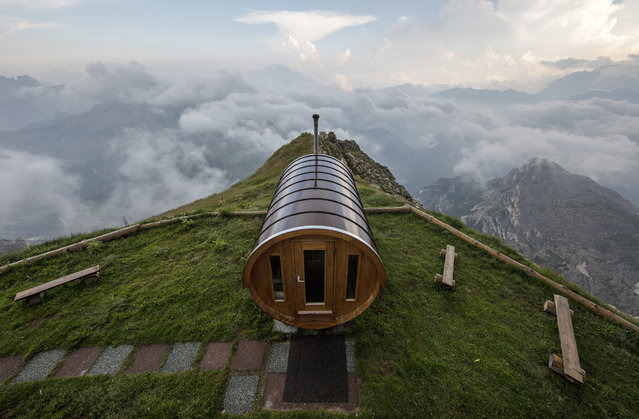
A sauna building sits above the clouds at 9,280 feet (2,752 meters) at the Rifugio Lagazuoi in the Dolomite Mountains near Cortina d' Ampezzo in northern Italy July 17, 2015. The Dolomites are home to the Dolomiti Bellunesi National Park and were declared a UNESCO World Heritage Site in August, 2009. (Photo by Bob Strong/Reuters)
02 Aug 2015 13:20:00,post received
0 comments

